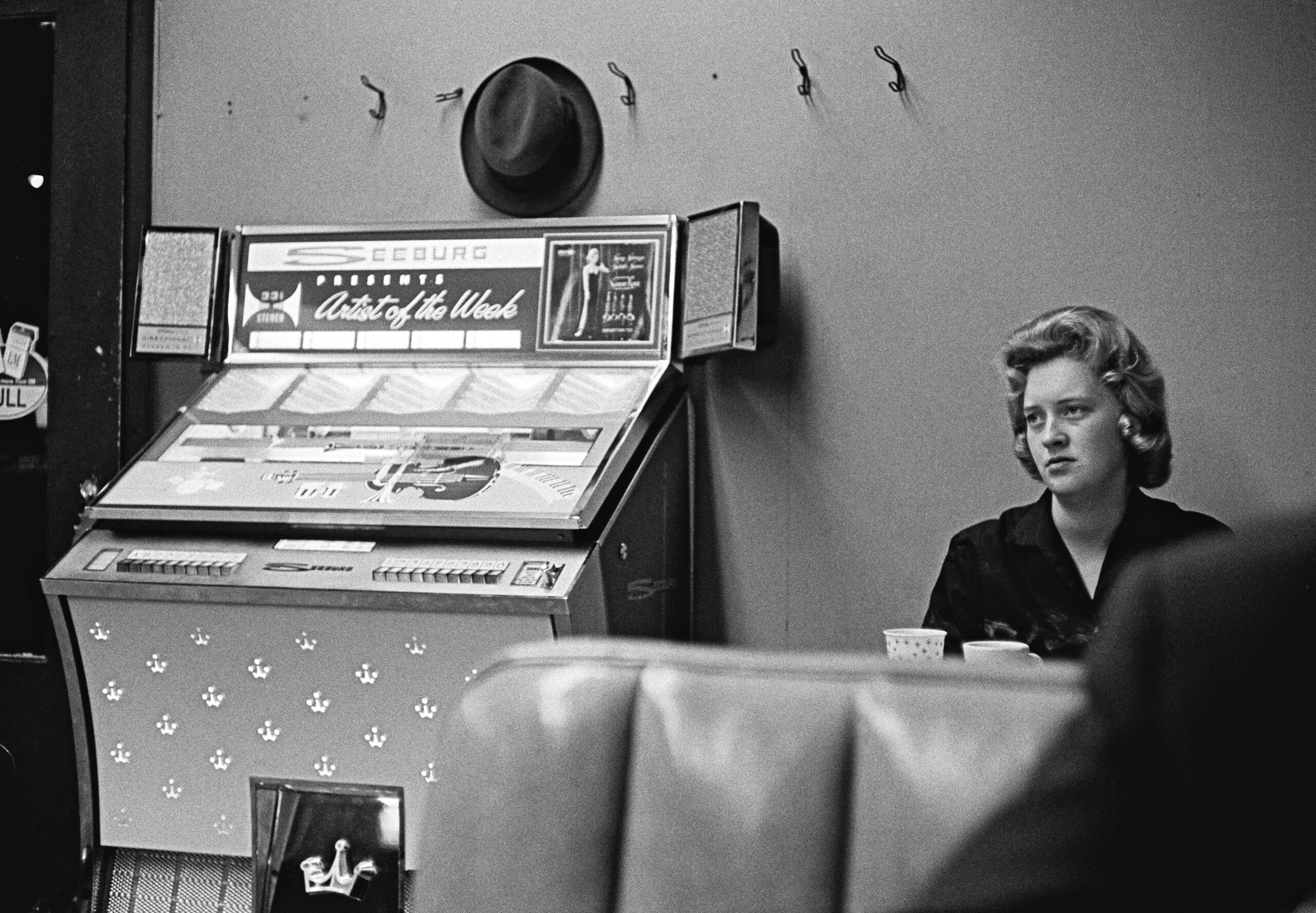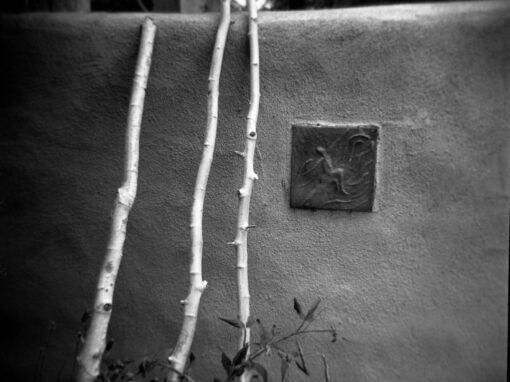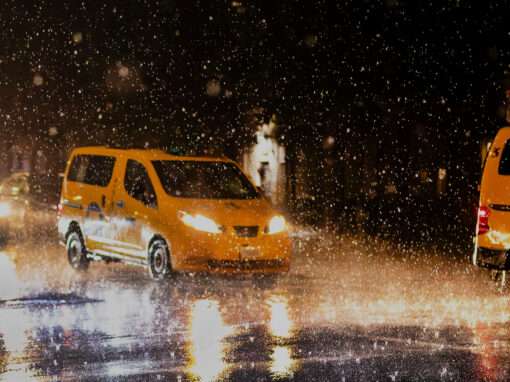If one photograph can capture and sustain a moment in time, two images capture something much more difficult to explain. Two moments, two split seconds, can hold between them an open expanse of memory and time.
We have always been fascinated by before and after images. Not because the images themselves are necessarily profound (although many of them are), but because the imagined time between them begins to take a shape. A form is implied. We begin to recognize something deep.
“The Way It Was: Road Trips USA” by Thomas Hoepker
Published by Steidl, 2022
review by W. Scott Olsen
Here we are at age 20, and here we are again at age 65. Handsome or troubled on either end, what calls us is more complex. In both images, if we look hard enough, we can see both soul and milieu. If the images are well done, we can see a moment that evokes intimacy as well as culture. Holding one image in our right hand and the other in our left, we see two bit of evidence and we can marvel at how much they reveal. But there is a third story, too. In the space between our hands holding the images, there is the passage of time. What happened between then and now? How did the world change so very much? Not captured on paper or pixel, the story is nonetheless as real and as present in the room as the photographs. We can almost see the ethereal passage between then and now.
Thomas Hoepker has a new book in the world: The Way It Was: Road Trips USA. The story of a doubled road trip, then and now, the book is beautiful, reminiscent, direct, a love song as well as indictment, and in every way worth many hours of lingering encounter.
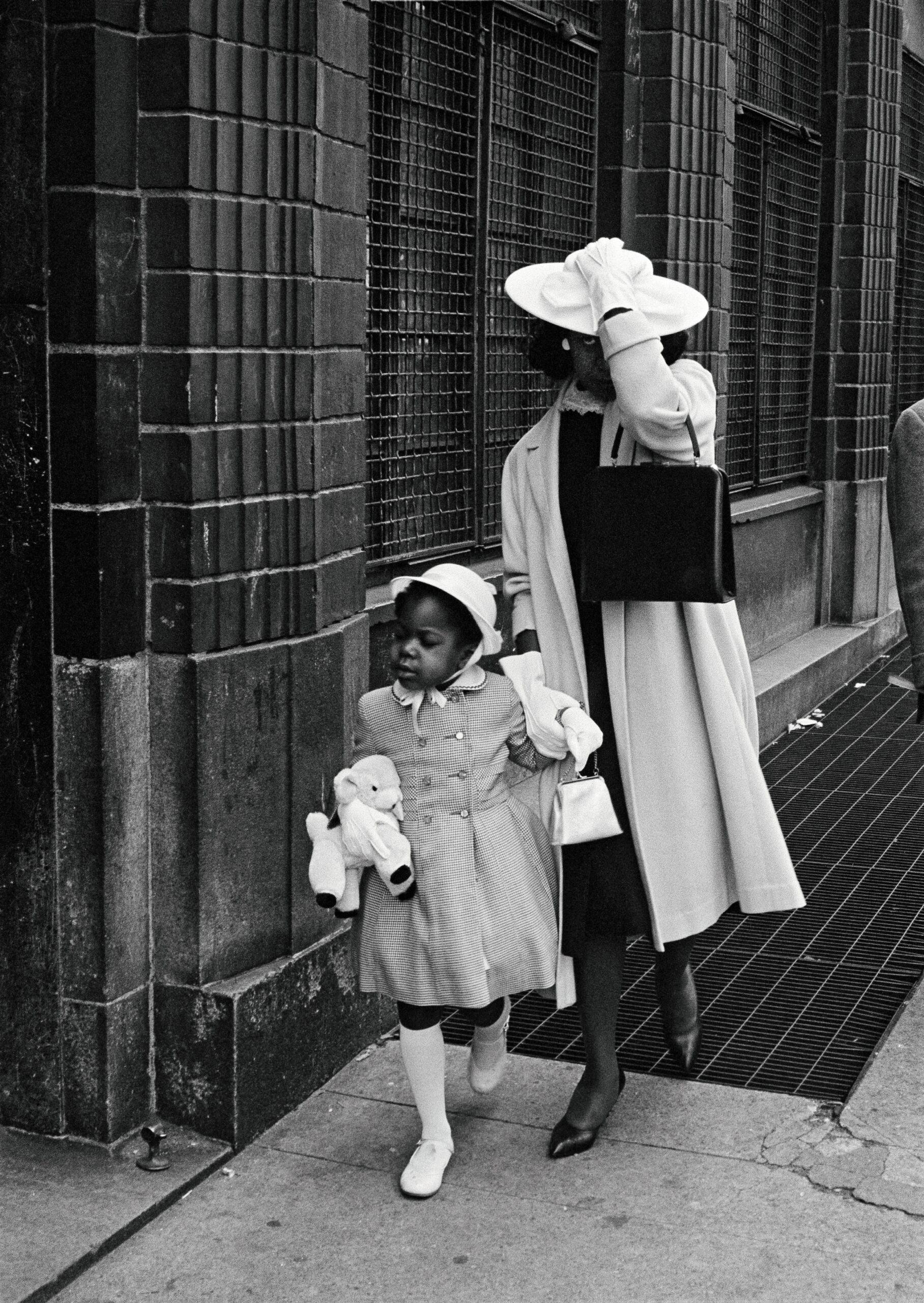
Hoepker was president of Magnum from 2003 until 2006. His work, iconic in every respect, ranges from portraits of Muhammad Ali to Roy Lichtenstein, from street photography in New York to road trip images inspired by Robert Frank’s “The Americans.”
According to the press materials for the book:
Thomas Hoepker was 27 years old when he set out on his ambitious journey across the United States – one that took him from coast to coast and back again over the course of three months and resulted in thousands of photos. The year was 1963 and Hoepker had been commissioned by the German magazine Kristall to “discover” America through his camera. The photo reportages he made, published in five issues of the magazine across dozens of pages, revealed Hoepker’s complex, skeptical and sometimes melancholy view of the American everyday, in big cities, small towns and all in between. His was an unromanticized vision in which the decadent existed alongside the desolate, the glitter with the grit.
As much as Hoepker recognized that the problematic American dream could go unfulfilled, he was fascinated with the country (settling in New York in 1976), and in 2020 – at the age of 84 and after a successful career as a photojournalist and president of Magnum Photos – he once again set out on a road trip throughout the US. The Way It Was. Road Trips USA juxtaposes Hoepker’s color photographs from this trip with his original black-and-white images, taking us on a journey both through his changing sense of America and through time.
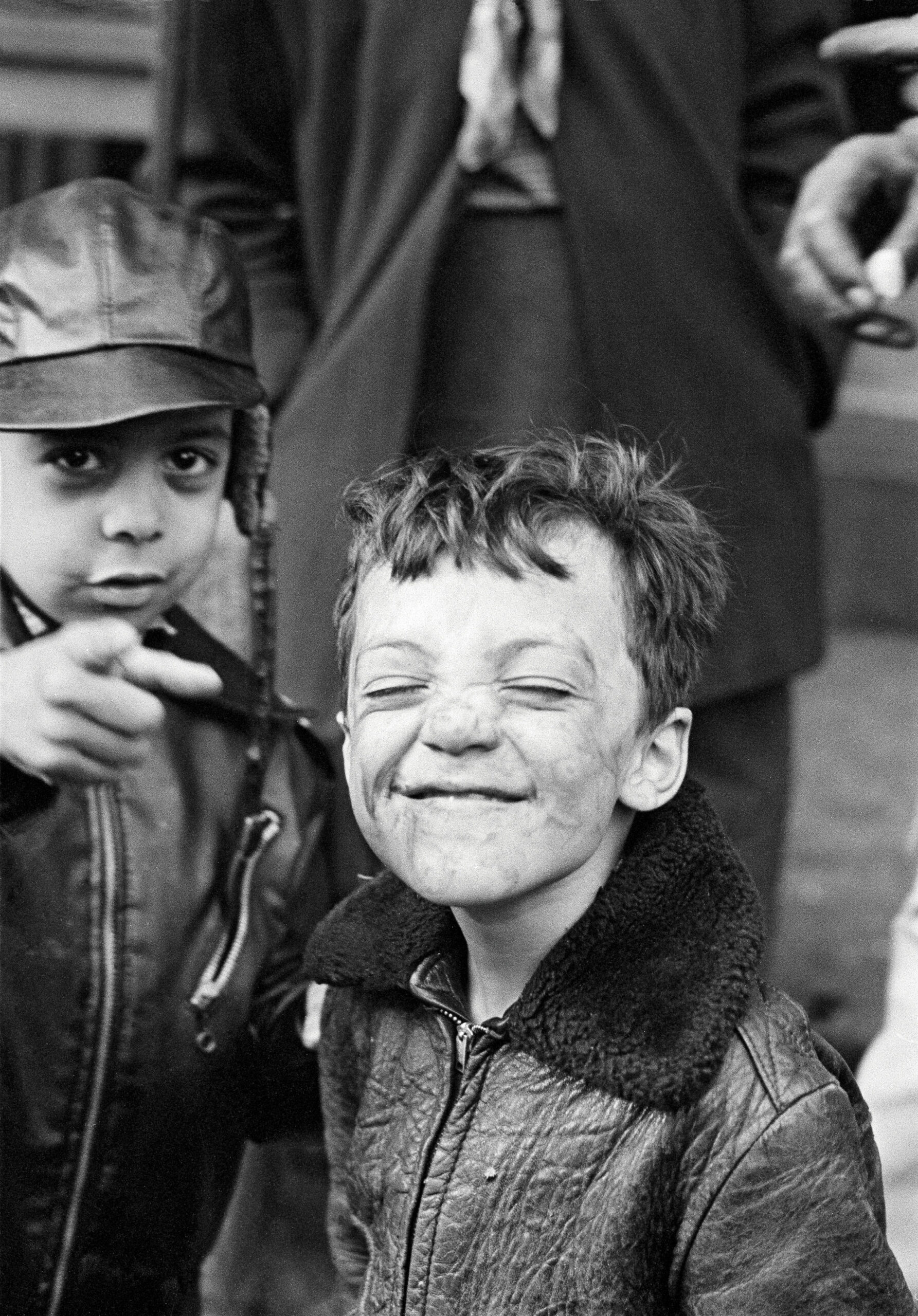
Nostalgia is not the right term, but it’s close to the right idea. The images from 1963 are, each of them, time capsules of narrative. If, like me, you were around in those days, you feel these images in your gut as much as see them with your eyes. There is both innocence and pain here, everything from small town joy to bigotry to religious hope to personal loss. Because the images are black and white, they seem simultaneously far away and true.
The color shots from 2020 are equally direct. More importantly, they carry the weight of the earlier black and whites. The book begins with a color image of a simple terrace on the banks of the East River, across from lower Manhattan, One World Trade Center in the background. Of course, this is the same terrace where Hoepker found himself on 9/11, when he took the famous image of young people talking as smoke rose from the twin towers. The past always informs the present, in this picture as well as others where the settings are widely separate. You always feel one while seeing the other.
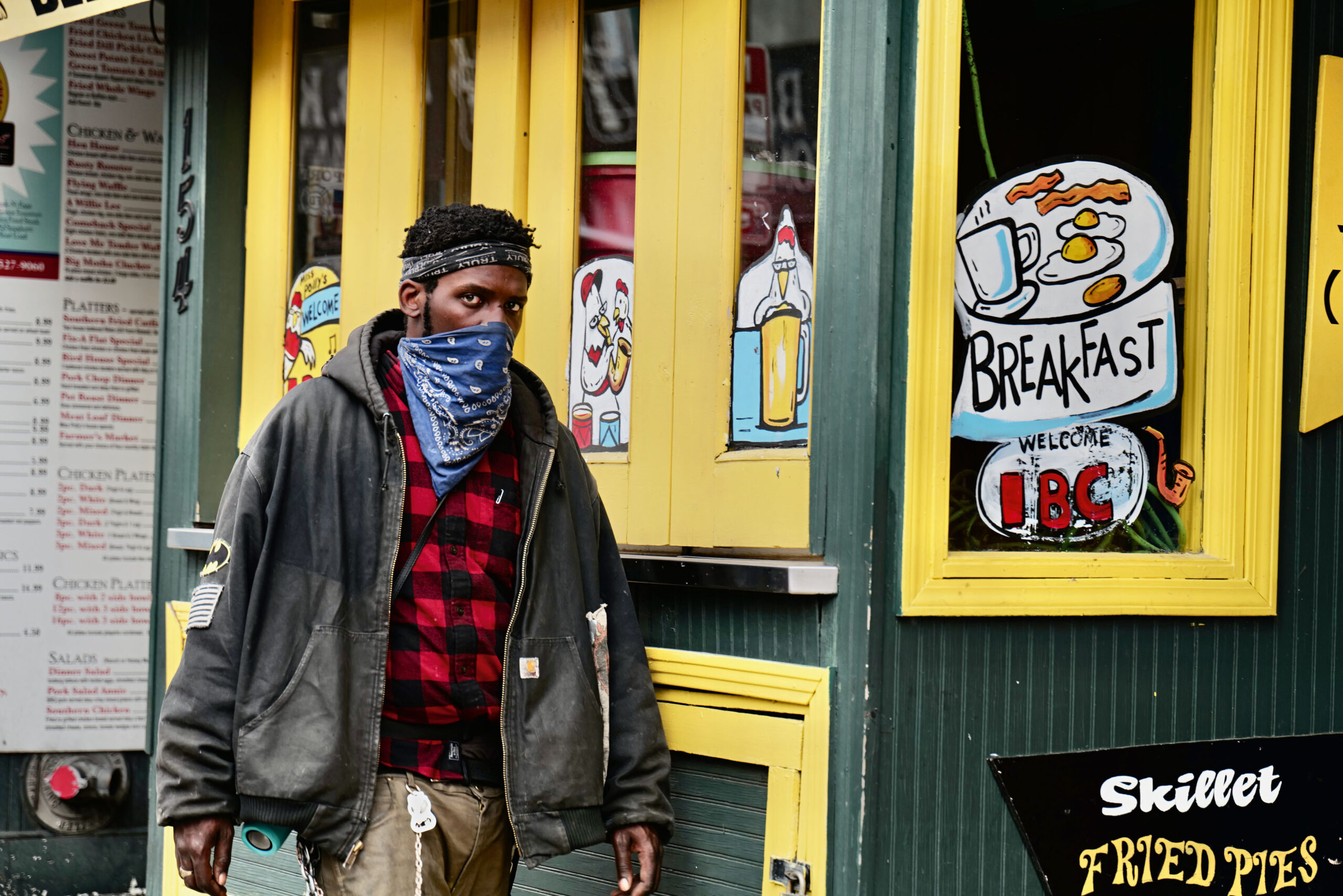
There are not nearly as many color shots from the 2020 trip as there are black and whites from 1963. (The book itself contains 436 images.) The result is the contemporary shots have a particular sense of gravitas. They bear the weight of what came before.
A particularly wonderful element of this book is the preface by photographer Freddy Langer. Titled “If You Want To Go Far,” the preface is among the best I’ve read for its scope and tone. It begins:
A man, woman, a mobile home. It’s a scene that might mark the start of a novel or serve as the plot for a film – a road movie where movement becomes symbolic of life and a vague search for its meaning. The goal is to reach the West. And ideally to attain an insight that might not necessarily make life simpler, but in any case more honest. Another goal might be memory. In two senses of the word. A memory that’s created during the journey through various events which you hope will become unforgettable. Or a recollection that you want to retrieve from the depths of your memory, where it’s subsided and is almost out of reach, possibly disappeared altogether, just like petrol evaporates if you happen to spill some roughing up.
Langer’s articulation of the road trip aesthetic is a fine lead in to the images, and his understanding of Hoepker’s work is illuminating. Later, talking about Hoepker’s change from black and white to color, he says,
It was almost as if in discovering this new technology Hoepker discovered a new interest in the world itself. His black and white reports on social topics had been visual commentaries that took sides for all those to whom fate had not been kind, but he never sought to commercially exploit their misery and suffering, nor did he ever slip into sentimentality. Color by contrast, was for him akin to an explosion of the world, and he showed a keen interest in garish billboards, flashy fashion, made-up faces, bizarre architecture and broad, empty landscapes – observing them with a fascination that was rarely mixed with irony.

Comparison, perspective – choose your term – leads to insight. There are four stories, among the hundreds of stories contained in each individual image, in The Way It Was: Road Trips USA. There is the story of Hoepker as told by Langer. There is the story of the 1960s and the story of the 2020s. Most compelling, however, is the story held in our own heart and head as we contemplate the space between then and now, and the artist’s vision of both.
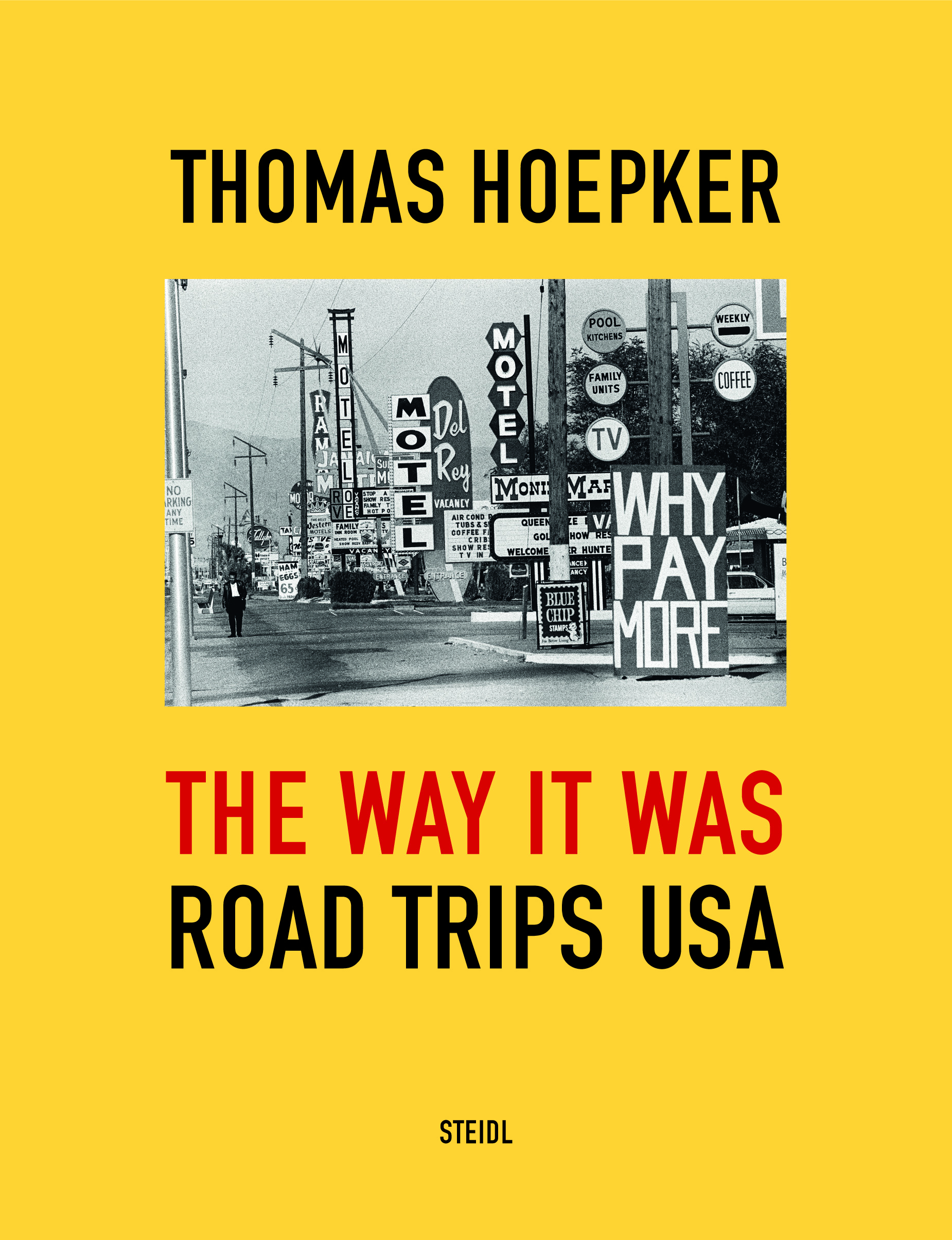
THOMAS HOEPKER
MAGNUM PHOTOS
“THE WAY IT WAS: ROAD TRIPS USA” AT STEIDL
A note from FRAMES: if you have a forthcoming or recently published book of photography, please let us know.

